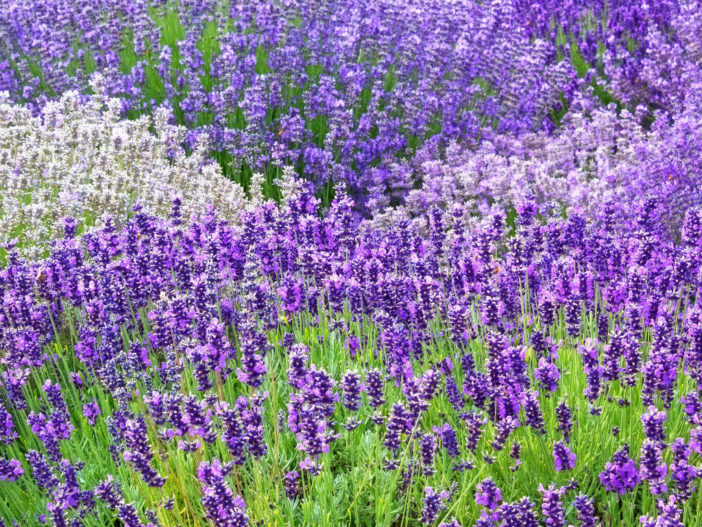In general use, herbs are plants used for food, flavoring, medicine, or fragrances for their savory or aromatic properties. Culinary use typically distinguishes herbs from spices. Herbs refer to the leafy green or flowering parts of a plant (either fresh or dried), while spices are produced from other plant parts (usually dried), including seeds, berries, bark, roots, and fruits.
In botanical English, "herb" is also a synonym for "herbaceous plant."
Herbs have a variety of uses, including culinary, medicinal, and in some cases, spiritual. General usage of the term "herb" differs between culinary and medicinal herbs. In medicinal or spiritual use, any parts of the plant might be considered "herbs," including leaves, roots, flowers, seeds, root bark, inner bark (and cambium), resin, and pericarp.
Culinary Herbs
Culinary herbs are distinguished from vegetables in that, like spices, they are used in small amounts and provide flavor rather than substance to food.

Herbs can be perennials such as thyme or lavender, biennials such as parsley, or annuals like basil. Perennial herbs can be shrubs such as rosemary, Rosmarinus officinalis, or trees such as bay laurel, Laurus nobilis – this contrasts with botanical herbs, which by definition cannot be woody plants. Some plants are used as both herbs and spices, such as dill weed and dill seed or coriander leaves and seeds. Also, some herbs, such as those in the Mint family, are used for both culinary and medicinal purposes.
Medicinal Herbs
Herbs have long been used as the basis of traditional Chinese herbal medicine, with usage dating back to the first century CE and far before. In India, the Ayurveda medicinal system is based on herbs. The medicinal use of herbs in Western cultures has its roots in the Hippocratic (Greek) elemental healing system, based on a quaternary elemental healing metaphor.
Source: wikipedia.org
Links
- Plantpedia: Browse flowering plants by Scientific Name, Common Name, Genus, Family, USDA Hardiness Zone, or Origin

